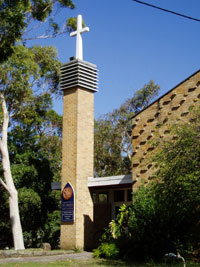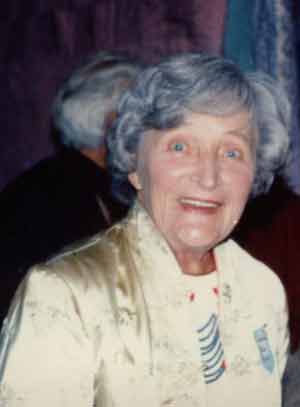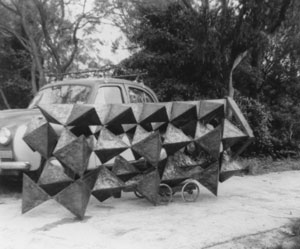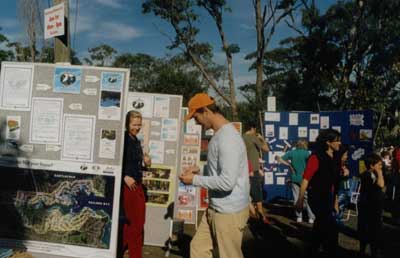Searching for a Poet Lorikeet, 11 November 2007
All Castlecrag residents are invited to a Sunday afternoon poetry reading get-together outside Sally’s Bookshop at The Griffin Centre on 11 November from 2.30pm to 5-ish. Bring along a piece of poetry that you have written, or has special inspiration in your life. As it is also Remembrance Day, why not some poems on peace and sharing of the world? Of course, some humorous Patterson-style doggerel, or Wordsworth whimsy will be welcome ingredients. Seated out on the verandah we will start about 2.30, take a 30 minute interval at 3.30 for you to get some afternoon tea or some wine from our excellent local shops, then a final hour of entertainment.
All original works will be eligible for the title ‘Poet Lorikeet’, to be selected by a well-versed expert formerly with the Passionate Larks & Wild Night Servers, Lorraine Cairnes. Other prizes donated by your Progress Association will be awarded to junior poets, and poems of special merit.
While entry is FREE, in order to be assured of a seat, please phone our convenor Sally Crawford 9958-5007 or visit Sally’s Bookshop to reserve a seat. Alternative arrangements will be made in case of wet weather or large numbers of participants. Why not book ahead with a Castlecrag restaurant to round off a wonderful afternoon and evening?
CragSitters
In August CragSitters arranged a night out for its Mums at the Bai Yok Thai Restaurant in Castlecrag. This provided a great opportunity for the Mums to have a well deserved night off and meet some other locals. They suggested that we organise a night out for the Dads. So Dads, we will keep you posted on dates and venues.
A follow-up gathering for families was held at Stoker Playground of the CragSitters on 9 September. Despite it being the APEC long weekend, we still had a number of families in attendance. The next gathering is planned for on Sunday 9 December at 3.30pm, again at Stoker Playground in Edinburgh Road. We invite existing and new members to join us on the day.
New members, both families and babysitters are welcome to the group, so if you’re a family who would like to find out more about the group or if you are interested in providing babysitting services, you can email us on cragsitters@yahoo.com.au
Sharie Kennedy-Wren
Community Notice Board
The Council’s notice board near the bus-stop outside The Quadrangle requires repair and the Progress Association has approached Council to attend to these. It also requires those using the board to follow some basic rules.
Please note the board has two sides: the eastern side is for display of notices from Willoughby Council and any of its formal sub-committees including The Haven Amphitheatre and Community Centre. The other side is for established community groups and public notices for local events. It is not for private commercial gain or advertising of events outside Castlecrag, or Willoughby, or personal notices of lost pets or possessions. Notices should be kept to A4 or A5 size.
Roger Page Real Estate kindly holds the keys as a community service to the people of Castlecrag. Please show them the proposed poster before asking for the key, and comply with the rules as to content.
Awards to Local Residents
Congratulations to Antoinette McSharry, who was commended by the judges of this year’s Willoughby Art Prize for her painting A Day in my Life, Sailors Bay in the Willoughby Resident Award sponsored by Willoughby City Council.
The coveted Sheads First National Real Estate 2D Award for Painting & Mixed Media was won by 92-year old Aboriginal painter Loongkoonan from the Kimberley Region of Western Australia for her Bush Tucker in Nyirina Country.
And congratulations to Valda Wilson who has been awarded the Best Soprano Award at this year’s McDonalds Performing Arts Challenge.
Boatshed Centenary
The Sailors Bay Park Boatshed celebrates its centenary this year. The first boatshed at the foot of Rockley Street in Sailors Bay Park was leased in 1907 for a Mr Bob Carr (no known relation of a recent NSW Premier). This was a popular place for families to picnic and hire of rowing skiffs for exploring the foreshores or quietly paddling canoes, as we still do today.
Special Thanks
The Castlecrag community extends special thanks to:
Willoughby Council’s Trades Supervisor Mark Supple and painters Frank and Tony Hecimovic for their recent restoration of the noticeboard at The Griffin Centre. The work demonstrates meticulous rust removal and stabilisation, while the former ‘Heritage Green’ has been replaced with ‘Eucalypt Green’.
The Bai Yok Thai Restaurant for its donation of 137 items of crockery, including 70 large plates, 14 serving platters and 30 coupes. These can be hired cheaply for Castlecrag events by contacting us at: info@castlecrag.org.au
The Haven Notice: Shuttle buses
Do you have a light-rigid bus, mini-bus, people-mover or large car that could help for half-an-hour before and after an event at The Haven amphitheatre? Do you currently hold an ‘LR’ (Light Rigid) licence?
The Haven is looking for volunteers in this area – even occasional help would be a tremendous assistance. Naturally there would be free admissions to shows and other rewards.
Phone Howard Rubie on 0418 648 870 if you can help.






